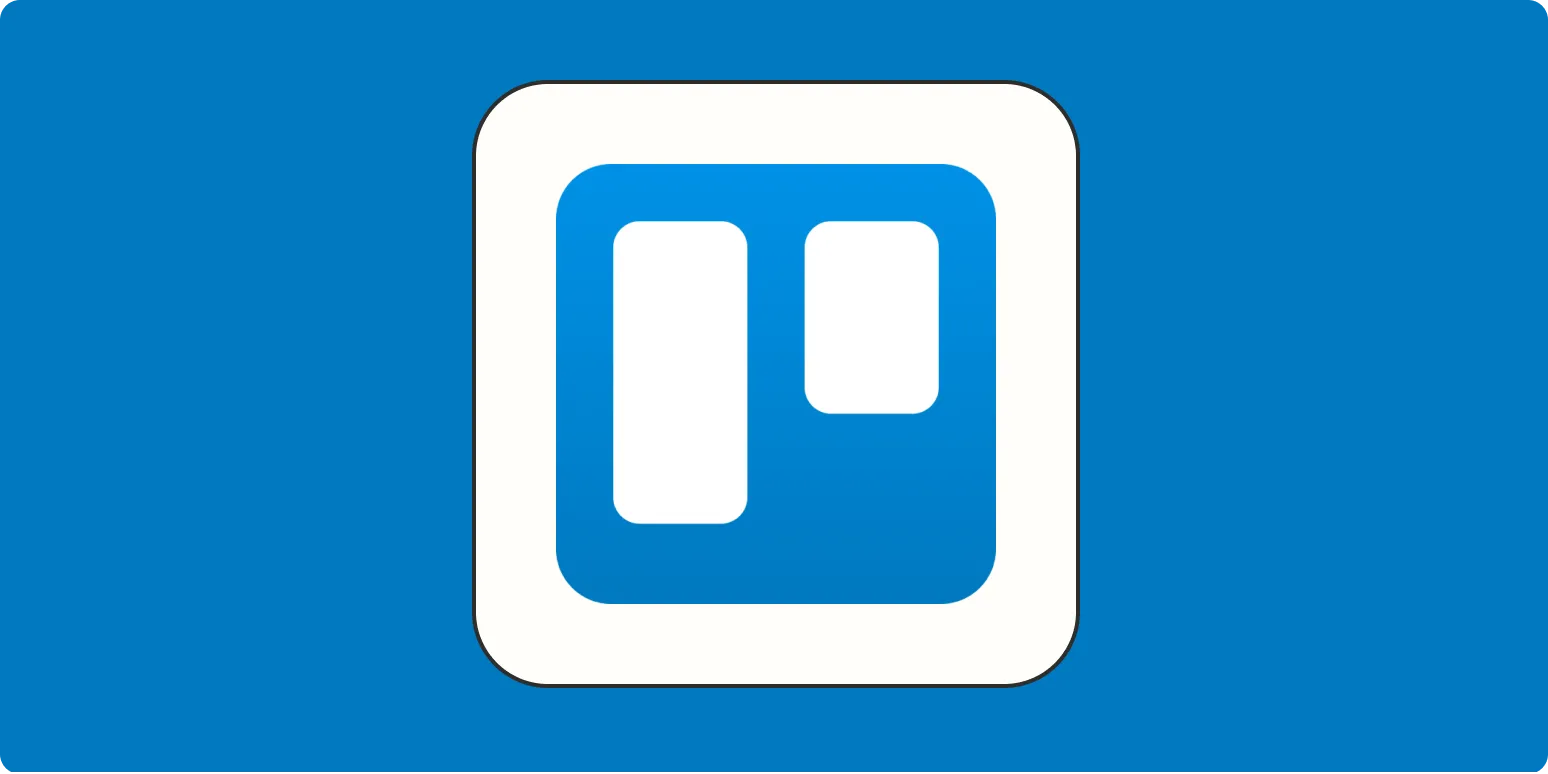1. Organize Your Boards Effectively
One of the first steps to mastering Trello for project management is to organize your boards effectively. Create separate boards for different projects or departments. This helps in keeping everything streamlined and makes it easier to track progress. You can also use lists to represent different stages of your project, such as “To Do,” “In Progress,” and “Completed.”
For example, if you’re managing a marketing campaign, you could have a board titled “Marketing Campaign,” with lists for each phase of the campaign. Using labels can further enhance organization, allowing you to categorize tasks by priority or team member. This way, everyone involved can quickly identify what needs to be done and by whom.
2. Utilize Checklists for Task Management
Checklists are a powerful feature in Trello that can help you break down complex tasks into manageable steps. Instead of having a single card with a vague description of a task, you can create a checklist within that card to outline specific actions that need to be completed.
This is particularly useful for ensuring that all aspects of a task are covered, which is essential in project management. For instance, if one of your tasks is to design a new website, you can create a checklist that includes items like “Create wireframe,” “Draft content,” and “Review with team.” This not only keeps you organized but also allows you to track progress by checking off completed items.
3. Set Due Dates and Reminders
Time management is crucial in project management, and Trello makes it easy to keep track of deadlines. By setting due dates on your Trello cards, you can ensure that your team is aware of when tasks need to be completed. This feature allows you to add a due date directly to a card, and Trello will send reminders as the deadline approaches.
Implementing due dates can help you maintain momentum in your projects. For instance, if you have a card for “Finalize marketing materials,” setting a due date will remind team members to prioritize that task. You can also leverage Trello’s calendar view to get a broader perspective on upcoming deadlines, making it easier to plan resources and time allocation.
4. Integrate Power-Ups for Enhanced Functionality
To supercharge your Trello experience, consider integrating Power-Ups. These are add-ons that can enhance Trello’s functionality, and they can be a game changer for project management. Some popular Power-Ups include integrations with tools like Google Drive, Slack, and Calendar.
For instance, if your team collaborates frequently via Slack, integrating it with Trello can streamline communication. You can create notifications for card updates or comments, ensuring everyone stays in the loop. Utilizing Power-Ups helps customize your Trello boards to fit your workflow and enhances collaboration among team members.
5. Regularly Review and Update Your Boards
Lastly, to ensure that your project management efforts are effective, it's essential to regularly review and update your Trello boards. Set aside time for weekly or bi-weekly reviews to assess progress, identify bottlenecks, and make necessary adjustments. During these reviews, encourage team members to provide feedback on the workflow and suggest improvements.
Updating your boards is crucial for maintaining clarity and focus. For example, if a task is no longer relevant, removing it can help declutter your boards and keep your team focused on what truly matters. Additionally, celebrate completed tasks to boost morale and encourage productivity among team members.
Conclusion
Implementing these Trello tips into your project management practices can significantly enhance your team’s efficiency and productivity. By organizing your boards effectively, utilizing checklists, setting due dates, integrating Power-Ups, and regularly reviewing your boards, you can create a streamlined workflow that fosters collaboration and accountability.
As you continue to explore the capabilities of Trello, remember that customization is key. Adapt your boards and processes to fit the unique needs of your team and projects. With these strategies, you’ll be well on your way to mastering Trello and elevating your project management game.





